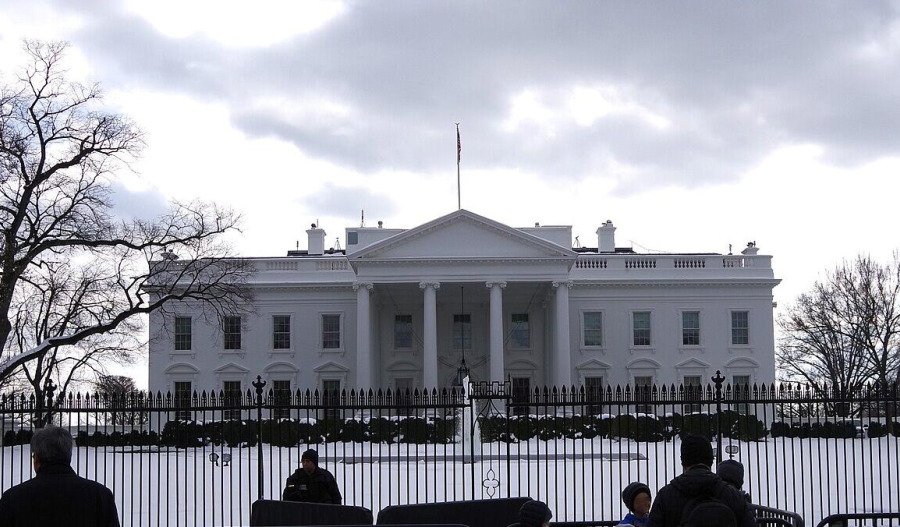With food prices softening, India's inflation fell to a cooler-than-expected 3.34% in March, reaching its lowest level in nearly six years.
Following a second straight interest rate cut by the Reserve Bank of India (RBI) in April, inflation readings in the world’s fifth largest economy fell for a fifth straight month and came in slightly below the 3.61% seen in February.
Driven by a fall in prices for vegetables, spices, eggs and pulses, food inflation, the country’s consumer price index, hit 2.69%.
While inflation is now at the midpoint of India’s target range of 2% to 6% - based on RBI estimates - for the financial year ending March 2026, core inflation in February, which excludes food and fuel prices, reached a 15-month high of 4.1%.
The top five items recording the highest year-on-year inflation at the All-India level in March 2025 were coconut oil (56.81%), coconut (42.05%), gold (34.09%), silver (31.57%), and grapes (25.55%).
Provisional data shows rural headline inflation fell to 3.25% in March, down from 3.79% in February, while urban areas witnessed a marginal uptick in headline inflation rising to 3.43% in March 2025 (provisional), compared to 3.32% in February.
“There has been a substantial and broad-based seasonal correction in vegetable prices,” the central bank said last week.
“The uncertainties on rabi [winter] crops have abated considerably ... Along with robust kharif [autumn] arrivals, this is expected to set the stage for a durable softening in food inflation.’
Favourable inflation data is expected to strengthen the case for more RBI rate cuts in an attempt to further shore up growth in the face of the U.S. tariff impact.
India was hit with a 26% levy from U.S. President Donald Trump’s “reciprocal” tariffs, before those duties were suspended for 90 days last week, leaving a 10% baseline tariff.
RBI Governor Sanjay Malhotra recently told the market that the central bank planned to shift its stance from neutral to accommodative, aiming to stimulate the economy with softer interest rates.
Meanwhile, India’s GDP expanded by a weaker-than-expected 6.2% in the fourth quarter of 2024.
Best estimates put the country’s economic growth at 6.5% in the financial year to March 2025, well down on 9.2% the year before.
According to HSBC “reciprocal” tariffs are expected to directly shave off 0.5 percentage point from India’s full-year growth for the financial year ending March 2026.
However, the bank suggests that there could be indirect and second-order impacts from factors including slower export volumes and weaker foreign direct investment flows.



